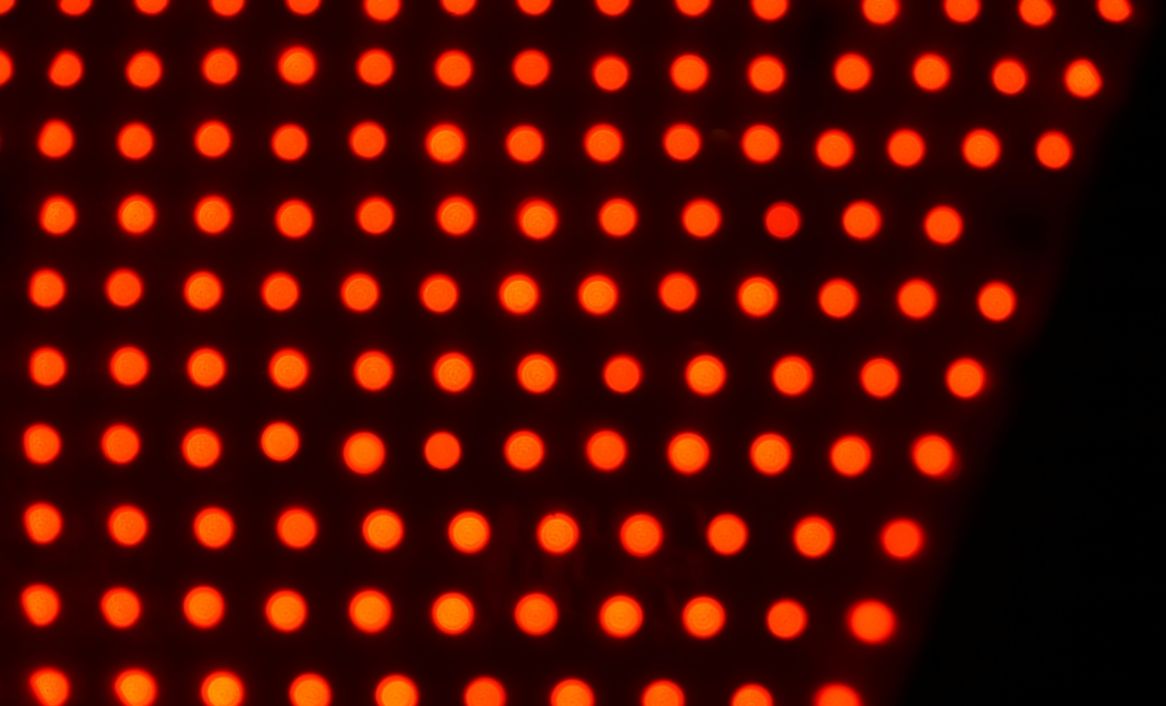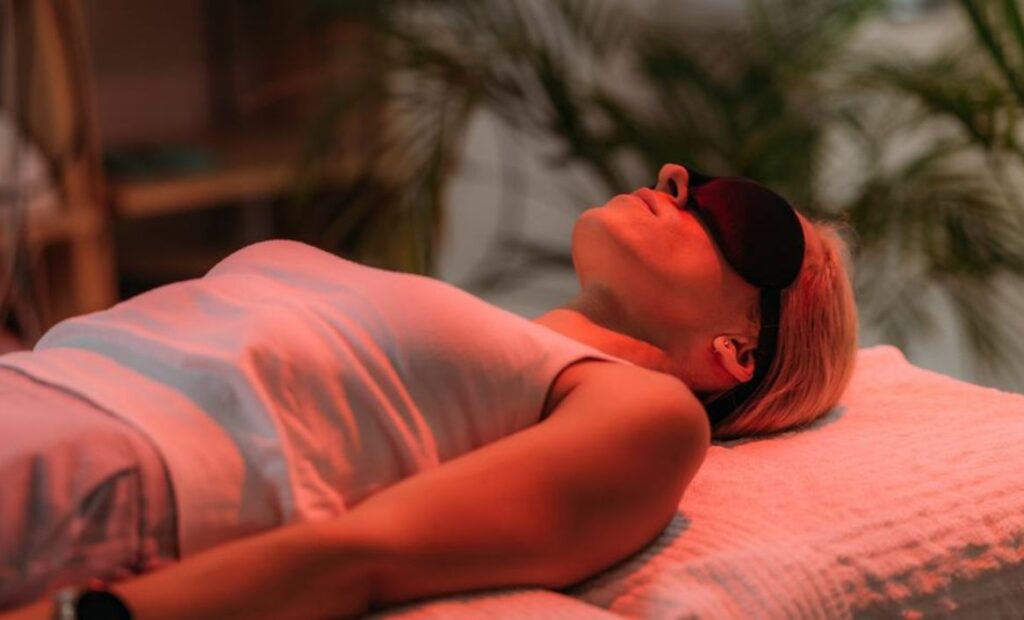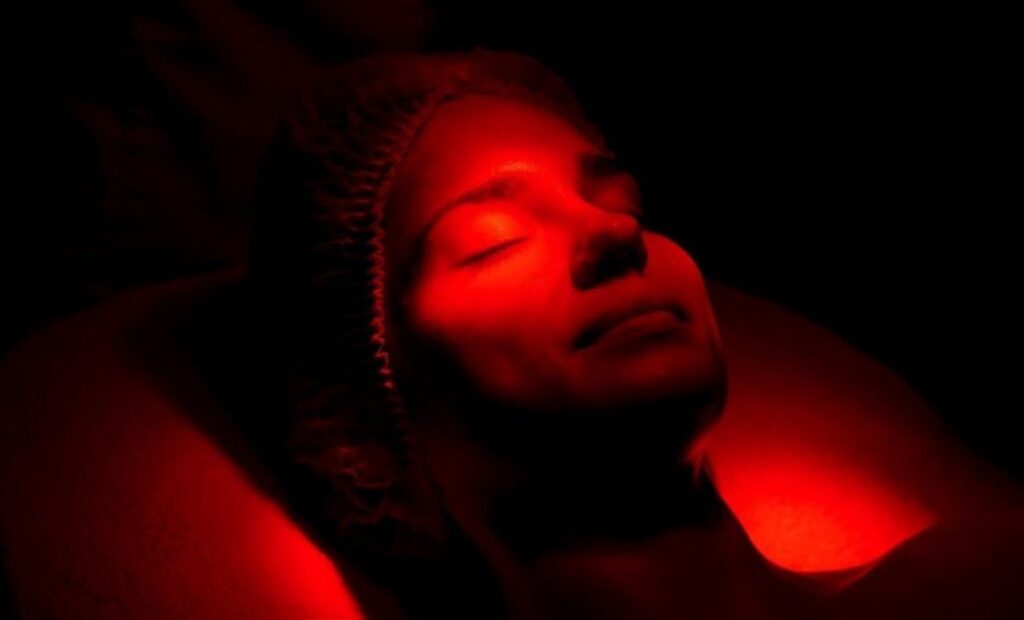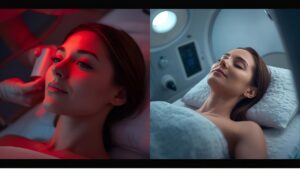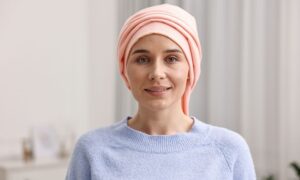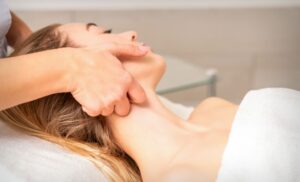If you’re using red-light therapy or considering it, one question often comes up: When is the best time of day to do red light therapy? Should you lie under the panel the moment you wake up to energise your morning, or wait until evening to help you wind down and recover? The answer isn’t necessarily “one size fits all.” It depends on your goals, your schedule, and how your body runs.
In this article, we’ll break down how morning, afternoon, and evening sessions compare, how time of day influences results, practical scheduling tips, and how to pick the ideal window for your specific aim.
What Is Red Light Therapy and Why Timing Matters
Red light therapy, sometimes called low-level light therapy (LLLT) or photobiomodulation (PBM), uses wavelengths of visible red (typically 630–660 nm) and near-infrared (810–850 nm) light to stimulate cellular repair. NASA researchers first explored its benefits in the 1990s when astronauts used LED light to promote wound healing in space.
The mechanism centers on mitochondrial activation. Light photons penetrate skin and muscle tissues, where they interact with cytochrome c oxidase, an enzyme that kick-starts ATP production, the body’s main energy currency. Enhanced ATP supports faster regeneration, reduced inflammation, and improved circulation.
Because light interacts with biological rhythms, the time you expose your body to RLT can affect energy levels, hormonal balance, and sleep cycles. Human cells follow a circadian rhythm, a 24-hour cycle that regulates everything from cortisol release to melatonin production. Exposing yourself to certain wavelengths at specific times may amplify or occasionally diminish the effects you seek.
Morning Red Light Therapy: Starting the Day with Energy
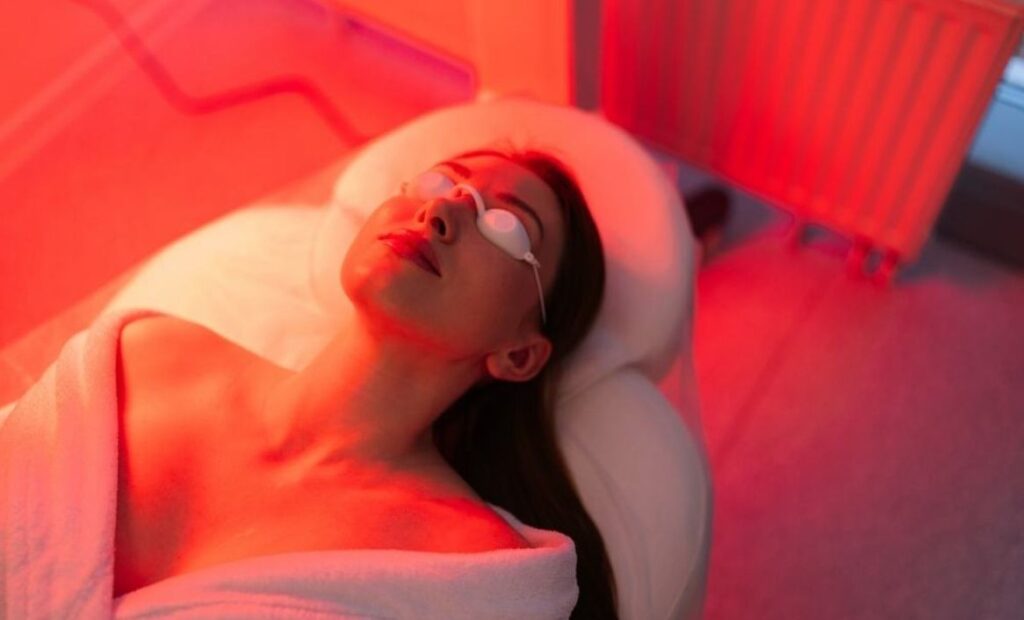
1. Boosting Energy and Mental Clarity
Morning exposure to red and near-infrared light can act as a gentle signal to the brain that it’s time to wake up. Research from the University of Surrey and other circadian studies shows that bright-light exposure early in the day helps synchronize the body’s internal clock and elevate daytime alertness.
Although red light therapy isn’t as intense as direct sunlight, its red wavelengths still interact with photoreceptors in the skin and retina, influencing mood and focus. Users often report feeling more awake and centered after a 10-minute morning session. For those who struggle with sluggish mornings or seasonal fatigue, red light therapy can complement natural sunlight to reinforce a healthy wake–sleep rhythm.
(Related study: Light-Induced Changes of the Circadian Clock of Humans – PMC)
2. Enhancing Workout Performance
Studies published in Lasers in Medical Science found that applying near-infrared light before resistance training improves muscle strength and endurance. Morning sessions before exercise can “prime” muscle mitochondria for energy production, reducing oxidative stress during workouts.
Athletes frequently schedule RLT immediately after warm-ups, ideally 20–30 minutes before training, to enhance oxygen utilization and post-exercise recovery.
Supporting research from C. Ferraresi et al. demonstrated that red and near-infrared light preconditioning boosts muscular performance and accelerates recovery when applied before physical activity.
(Meta-analysis reference: Effect of Phototherapy (LLLT and LED Therapy) on Exercise Performance – ResearchGate)
3. Supporting Skin and Metabolic Health
Morning RLT may also support daily skincare routines. When done before applying serums or sunscreen, the light improves micro-circulation and nutrient delivery. Moreover, early-day exposure may aid metabolic activity by gently increasing blood flow and insulin sensitivity, preparing the body for nutrient uptake.
Midday or Afternoon Sessions: The Balanced Approach

1. Combatting Midday Fatigue
The afternoon energy slump is partly due to a drop in cortisol and core body temperature. A short midday red light therapy session, 5 to 15 minutes, can counter this dip by increasing mitochondrial energy and stimulating nitric oxide release, which widens blood vessels and boosts oxygen delivery.
According to Frontiers in Physiology, even brief light exposures can improve focus and mental stamina without caffeine or stimulants.
2. Improving Muscle Recovery
If you exercise or perform physical activity during the day, an afternoon RLT session can accelerate recovery. Research published in Photomedicine and Laser Surgery shows that red and near-infrared light therapy reduces delayed onset muscle soreness (DOMS) and promotes faster healing when applied after workouts. By increasing cellular energy and circulation, midday sessions are ideal for fitness enthusiasts who want to recover before evening rest or prepare for additional training.
3. Reducing Stress and Eye Strain
Office workers spending long hours in front of screens benefit from a short afternoon exposure. Red light can counter digital-eye fatigue and regulate melatonin precursors, easing the transition from work to relaxation later in the day.
Related Article: Red Light Therapy For Eyes
Evening Red Light Therapy: Relaxation and Recovery

1. Preparing the Body for Rest
Unlike blue or white light, which can suppress melatonin and disrupt sleep, red and near-infrared light do not interfere with sleep hormones. A study in the Journal of Athletic Training found that athletes exposed to 30-minute whole-body red-light therapy sessions each evening for 14 days experienced improved sleep quality and higher serum melatonin levels.
Evening red-light sessions help signal the body to unwind, slow heart rate, and encourage parasympathetic nervous-system dominance, the “rest and digest” state, making them ideal for relaxation and preparing the body for restorative sleep.
2. Enhancing Tissue Repair Overnight
During sleep, the body diverts energy toward healing and regeneration. Red light applied 1–2 hours before bed can stimulate collagen synthesis and anti-inflammatory processes that continue overnight. This timing aligns therapy with the body’s natural restorative phase, maximizing benefits for skin repair, muscle recovery, and joint health.
3. Supporting Mental Calm and Mood
Evening near-infrared light therapy may help reduce anxiety and support mood regulation by stimulating frontal-lobe activity. A pilot study showed that NIR exposure to the forehead improved mood and reduced anxiety in participants (Frontiers in Psychology, 2022).
Morning vs Evening Red Light Therapy: Which Is Truly Best?
There’s no universal answer. The best time of day for red light therapy depends on your goals, schedule, and physiology. Still, understanding how each window interacts with your body’s rhythm helps you choose wisely.
| Goal | Best Time | Why It Works |
| Boost energy/focus | Morning | Reinforces circadian alertness and ATP production |
| Improve workout performance | Morning or afternoon | Pre-workout exposure primes muscles |
| Support skin health | Morning or evening | Aligns with daily collagen cycles |
| Reduce stress / improve sleep | Evening | Promotes melatonin and relaxation |
| Recover from exercise/injury | Afternoon or evening | Enhances circulation and anti-inflammatory response |
If your primary aim is energy and productivity, start your day with RLT. If you’re focused on recovery, sleep, or skin rejuvenation, evening sessions may deliver better synergy.
How Circadian Rhythms Affect Red Light Results
Every cell in your body contains a network of clock genes that regulate biological rhythms. Light exposure helps calibrate these clocks, which is why timing matters for red light therapy. Morning red light can reinforce cortisol and serotonin cycles, supporting wakefulness and improved mood, whereas evening red light can harmonize melatonin release, preparing the body for restorative sleep.
Research confirms that maintaining a consistent light schedule helps stabilize hormonal balance and immune function, while irregular timing can blunt the effectiveness of light therapy because the body cannot anticipate stimulation (pmc.ncbi.nlm.nih.gov).
Takeaway: Consistency matters more than the exact hour. Choose a 10–20 minute window you can maintain daily, ideally within the same two-hour range, to maximize the benefits of red light therapy.
Practical Tips for Scheduling Your Red Light Therapy
1. Start Slow and Build Up
Beginners can start with 5 minutes per session, 3–4 times per week. Gradually increase to 15–20 minutes as your skin and eyes adapt. Too much exposure won’t necessarily improve results; it may trigger mild redness or fatigue.
2. Maintain Consistent Timing
Whether you prefer morning or night, consistency teaches your circadian rhythm what to expect. Many experts advise pairing RLT with an existing habit like meditation, skincare, or post-workout cooldown to ensure regularity.
3. Distance and Device Settings
Keep 15–30 cm between your skin and the light panel unless manufacturer guidelines differ. Optimal wavelengths range from 630–660 nm (red) and 810–850 nm (near-infrared). If your device offers both, alternating ensures both surface and deep-tissue benefits.
4. Pair with Other Wellness Habits
Combine red light therapy with hydration, stretching, or mindfulness practice. In the morning, follow up with natural sunlight exposure; in the evening, dim blue-light sources to reinforce sleep cues.
5. Safety Precautions
- Wear protective goggles if you have light sensitivity.
- Avoid direct eye exposure from close range.
- Consult a physician if pregnant, photosensitive, or using medication that increases light sensitivity.
Expert Summary: Align Light with Your Lifestyle
Choosing the best time of day for red light therapy isn’t about strict rules; it’s about aligning with your personal rhythms and goals. Here’s a quick recap:
- Morning: Ideal for energy, mood, and performance
- Afternoon: Great for recovery and focus
- Evening: Best for relaxation, skin rejuvenation, and sleep quality
Consistency, not perfection, drives results. Think of red light therapy as a wellness anchor, something that keeps your cellular engines running smoothly every day.
Final Thoughts
Whether you’re seeking sharper mornings or calmer nights, RLT offers a flexible tool to optimize your biology. As more studies emerge from NASA’s early experiments to today’s clinical trials, the consensus remains clear: timing enhances impact when combined with the right wavelength, dosage, and routine.
For those exploring high-performance wellness technology, Hue Light develops advanced (Photobiomodulation) red-light systems designed to deliver medical-grade wavelengths safely and comfortably at home or in clinical environments. With precise pressure control, durable build, and user-friendly design, Hue Light’s innovations continue to make evidence-based light therapy accessible to everyone pursuing better health, recovery, and longevity.
